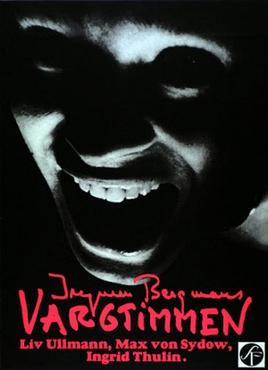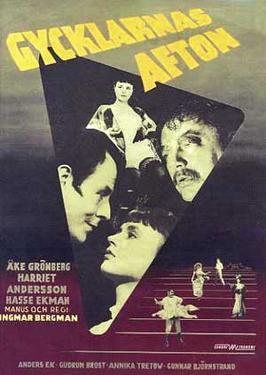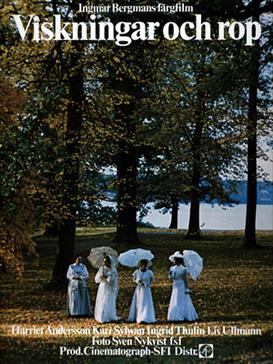 |
| George C. Scott in The Last Run |
Cast: George C. Scott, Tony Musante, Trish Van Devere, Colleen Dewhurst, Aldo Sambrell. Screenplay: Alan Sharp. Cinematography: Sven Nykvist. Art direction: José María Tapiador, Roy Walker. Film editing: Russell Lloyd. Music: Jerry Goldsmith.
The Last Run begins with a love scene so intense it might have needed an intimacy coordinator if it weren't between a man and his car. The man is Harry Garmes (George C. Scott), a retired driver for the Chicago mob, now living in Portugal. The car is a souped-up BMW 503, and it's practically the last thing in the world Harry loves after his small son's death and his wife's disappearance. He does occasionally visit a friendly prostitute named Monique (Colleen Dewhurst) and he gets along with Miguel (Aldo Sambrell), who sails his fishing boat for him. Otherwise, there's not much to keep him from coming out of retirement to meet up with an escaped con, Paul Rickard (Tony Musante), and drive him across Spain to connect with some guys who say they're going to smuggle Rickard into France. Harry doesn't know that Rickard will make him stop along the way to pick up Claudie Scherrer (Trish Van Devere), but when Harry meets Claudie he doesn't much mind. Naturally, none of this goes exactly as planned. The Last Run was a critical flop when it was first released, partly because of stories about behind-the-scenes problems. The first director attached to it, John Boorman, disliked the script. So did the second one, John Huston, whose efforts to rewrite the screenplay led to conflicts with Scott. When Huston left the film, it was assigned to a journeyman director of no great distinction, Richard Fleischer, who mostly went back to Alan Sharp's original screenplay. Meanwhile, Scott, whose wife, Dewhurst, had taken the small role of Monique, began an affair with Van Devere; after filming ended, Dewhurst and Scott divorced and he married Van Devere. I think critics may have seen the film through a lens smudged with such gossip, because it's by no means a bad movie. Roger Ebert's review, for example, makes much of the fact that it could have been directed by Huston instead of Fleischer, whom Ebert calls a "prince of mediocrities." Huston, he says, "would have been incapable of [the] mawkishness" that occurs at a key moment in the final scene. But who knows for sure? I, for one, didn't find the moment Ebert singles out particularly mawkish, but rather an effective link to the film's opening scene. Ebert is right in criticizing the film's failures of tone and inconsistencies in characterization, and the ending is a bit of a muddle. Still, Scott is always fun to watch and the Spanish landscape, handsomely filmed by Sven Nykvist, making a 180 away from his work for Ingmar Bergman, is spectacular.





























.jpg)



